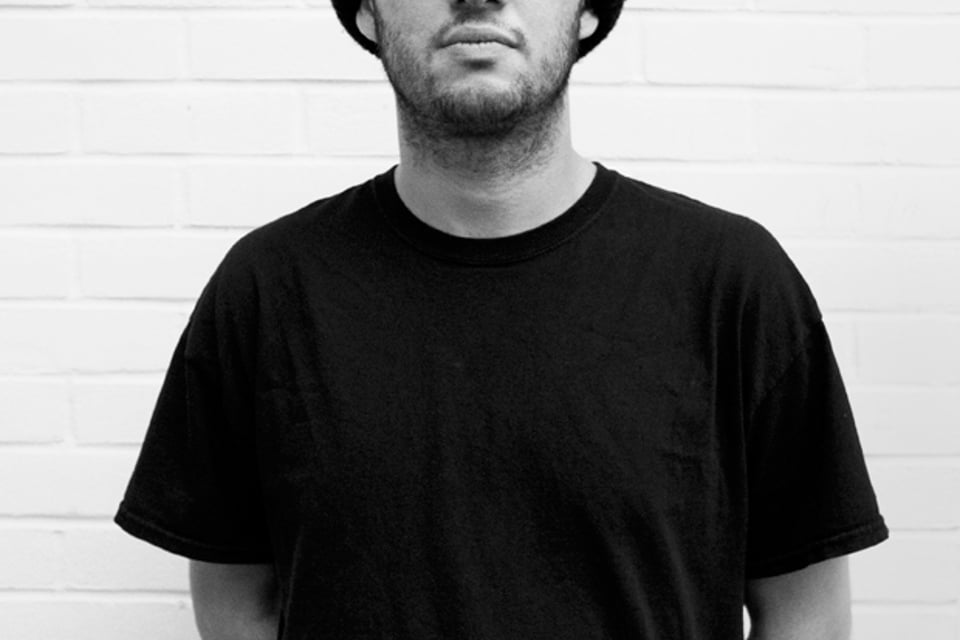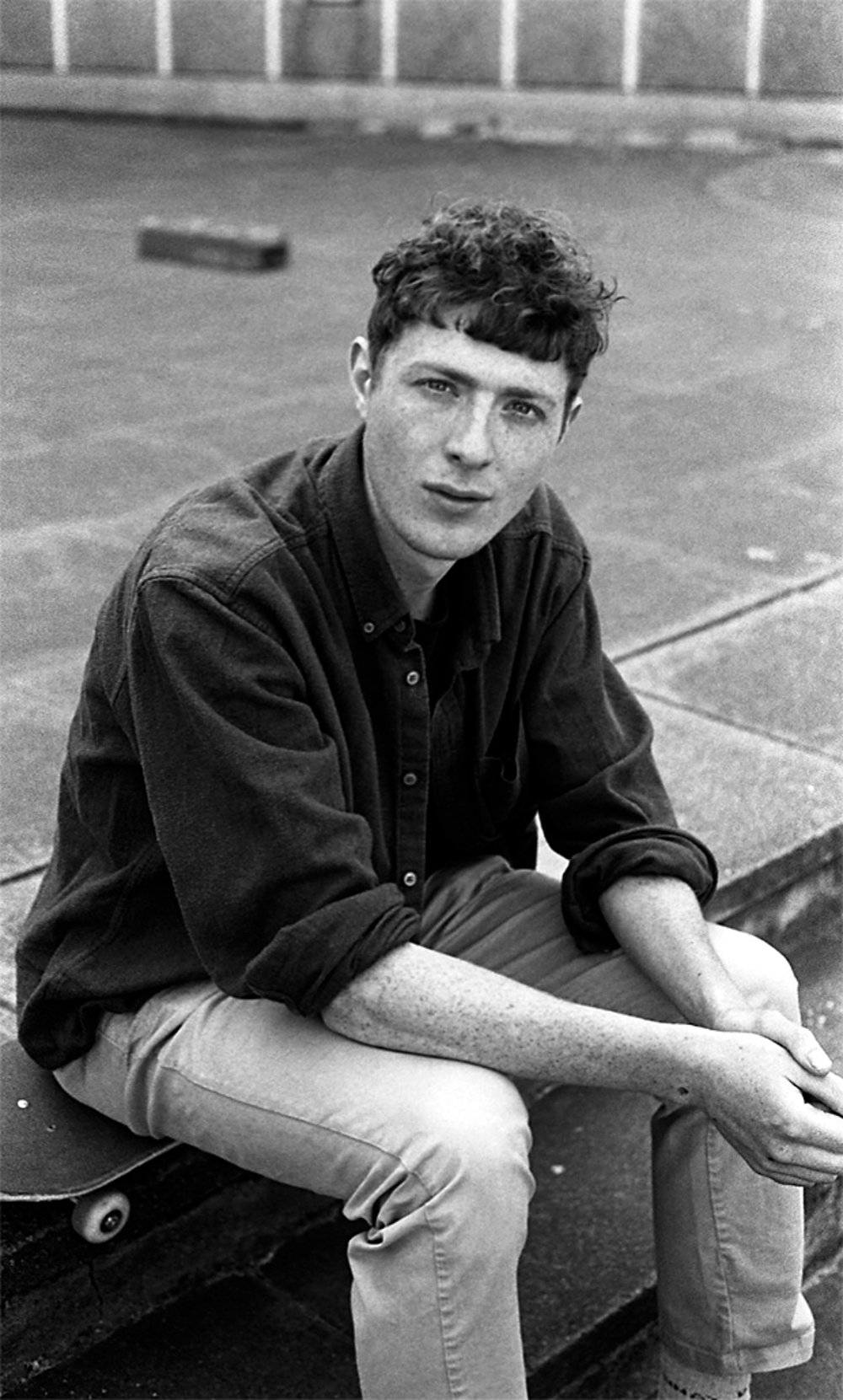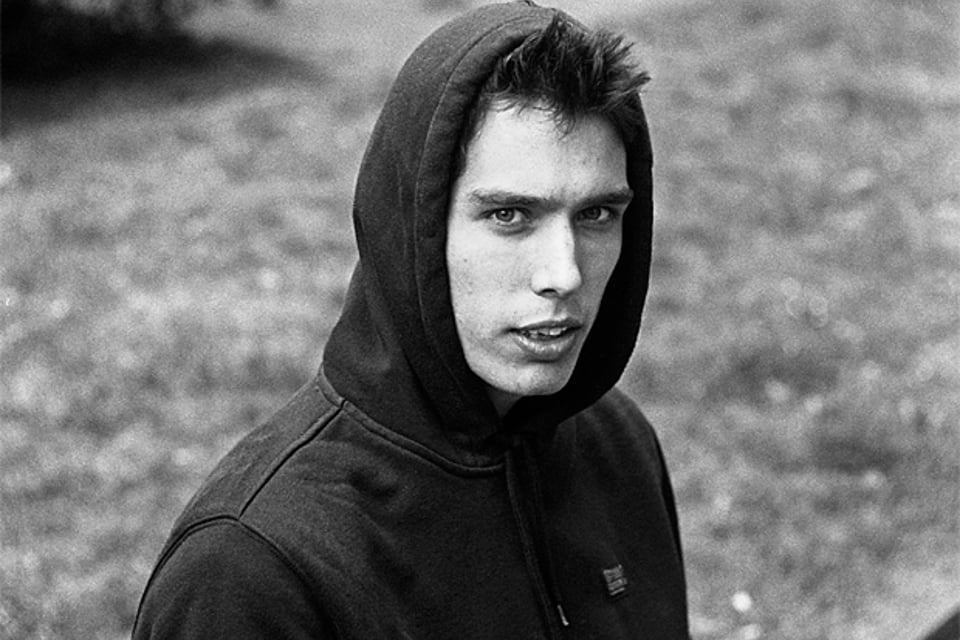Previous post


The final Eleventh Hour interview features Jacob Harris, who shot and edited the video. Copies are in shops now. Eleventh Hour is supported by Lakai, Fourstar, Isle and Slam City Skates.
Interview Henry Kingsford
Can you talk us through how this project came about?
Me and (Will) Harmon were talking about how it would be good to spend a summer filming a little montage with a few people, maybe 15 or 20 minutes of London footage. Before that Arthur (Derrien) had urged me to start filming again but I wasn’t really into it. Then I remember re-watching the Slam montage with the Craig Mack tune for the first time in ages and being excited to just make something.
Also I’d been vaguely niggled by the urge to do something that had a little more maturity than the things I’d put out before. After you’ve spent a few years trying to get good at something, purely from a motive of pride you want to be judged on something you feel is representative of what you like and what you can do. I have this feeling already again before Eleventh Hour is even out.
Can you explain the initial concept?
Nothing groundbreaking but I wanted to make a London video in line with the style and approach of the classic British videos – Waiting For The World, First Broadcast, Portraits, Lost and Found – but just stripped back and modernised. Not on the same pedestal of course and nothing too conceptual, but a bunch of people who looked good on their skateboards, had good ideas and skated in an interesting way. Of course filmed on a VX1, visually coherent and not presented in too showy or epic a way.
To what extent was this video a reaction to prevalent trends in skateboard video-making?
In it’s conception it was quite heavily. First off the dizzying production and consumption rate of skateboard videos on the internet, in whatever format, put me off paying any real attention or wanting to do anything for a while. So I definitely wanted to make something physical and less ephemeral. The second main point for me was the cheap way this disposable attitude has caused videos or clips to be presented: half-baked, homogenised cut-aways, organised, flash-in-the-pan hype for something set to be forgotten days later and gratuitous sensationalism to try and elicit a response from a dead-eyed audience. Bad marketing I guess.
I claim no preaching here, these are obvious points and have been answered a number of times by Polar, Palace, Magenta and a bunch of others doing original things. I simply wanted to make something that was as far as possible from what made me ignore skateboarding. No cheap tricks or rushing and nothing to sell.
The project has evolved somewhat from what was initially planned. Can you explain some of the reasons behind this?
Well we decided to go with a long introduction because I wanted Eleventh Hour to be memorable in other ways than purely the skating. So we did an introduction that’s long almost to the point of overstatement, which then launches into the skating.
The video is much longer than initially planned for various reasons. Blueprint was heading up a promo that tied up (Nick) Jensen and (Tom) Knox. Before Blueprint even fled itself, that was put on the back burner, so I had the beginnings of parts for those two. So already it was shaping into less of a montage and more of a conventional part-by-part video. Chris Jones moved to London in the winter and I’d wanted to make a part with him since we went on a Big Push together in 2010.
As Isle clandestinely formed and Mathieu (Tourneur) took an interest in the video for Fourstar and Lakai, Sylvain (Tognelli) was up for it and again, he’s somebody I’ve wanted to make a part with for a while. Honestly I still want to because, though I like his footage, his part was hastily done and really doesn’t represent how well he skates.
And what about the project changing from a Grey Skateboard Magazine production to an independent video? Can you explain what lead to this last-minute change?
As it was as The Grey Video we had to secure permission for any track that we used. After a lot of effort of emailing labels, speaking to people who had some sort of hook-up and listening to hours of music, I wasn’t happy with enough of the results.
What lead you to choose Eleventh Hour as the new name?
It was, for one, named in its eleventh hour of production. I found myself thinking how ridiculous it was to have to name something at that stage, in the eleventh hour, and I liked the ring of it. Also the name positions the video in what is most probably the last orders for the age of the full-length DVD. Of course there will continue to be exceptions, and these of greater value, but rarely will VX1 videos with musical freedom appear on DVD anymore. Perhaps it’s sentimentality but that format really represents something that happens to be receding, alongside much of what I see as good in skateboarding.
I know format was an important part of the initial concept. Is the choice of VX purely for practical reasons, or is there more to it? Nostalgia perhaps…
A large part of it is that I only really enjoy filming with VX1. But yes, a definite nostalgia. Also I just think that overproduction as the standard approach is to take the subject a little too seriously. I definitely enjoy seeing some things that offer a different perspective using different techniques, but when it predominately detracts from the experience of watching somebody skateboard then questions have to be asked.
Run us through some of the equipment issues experienced during filming trips for the video.
Ah, I have Magee’s old Macbook G4 that should have stopped working before I was born but somehow still soldiers on. It’s so sick. It can’t play any videos on the internet besides YouTube on 280p and takes a serious hour of groaning to export a five-minute SD video from Final Cut. If I’m exporting a video I basically don’t have to have the radiators on because the computer is combusting.
Of course the VX1s play up when they feel like it. I don’t even own a camera in fact. The typical glitches, not recording, not turning on, audio cutting out, colours going wrong. Chris did an ollie fakie over the Toddy (Olly Todd) ditch channel in Pimlico and the tape glitched. That I felt bad about. It was freezing and he cut his hand open badly when he went back to do it again.
The fact that you can’t watch footage back at the spot worked heavily against me sometimes. Jensen’s approach to safeguarding the clip would be to do lines upwards of four times and then ask to go back anyway.
The final Eleventh Hour trailer
How does Eleventh Hour sit next to your last full-length video, Square One?
Well I made Square One when I was a child. I don’t disown it, but it’s just the kind of video a kid might make.
Can you talk a little about skateboard videos generally, and their importance in your life as a skateboarder?
Besides being useful for small talk with skateboarders I don’t have much else in common with? In my life they don’t have much importance to be honest. As I said I don’t pay too much attention, I mainly just watch the ones I’ve always liked. Culturally I think they’re really important though. They keep people excited about skateboarding and provide part of a cornerstone for individuals to relate themselves to the culture as a whole. It’s basically the platform on which skateboarders express themselves most: trends, styles, ideas and scenes are all displayed most accessibly through videos.
What skateboard video has had the biggest influence on you?
I’ll have to be honest and say Lost and Found. When I was a kid I bought a camera and wanted to make that video. Maybe (definitely) ripples of that impulse still show in what I make now. It’s definitely a generational thing though. As a kid I didn’t find any of that music cheesy, which I understand some people of an older generation do and can see if I assume an objective standpoint.
It was a video that to my 14-year-old self worked on some kind of emotional level that not many videos have. Sure, bad videos use emotional music that go straight for the heartstrings and obviously blow it with no subtlety. I don’t know, it was really good when I was that age. I didn’t really even care about the tricks that were playing, just the atmosphere and the way it looked. I will probably be laughed at for saying those things.
Do you agree that skateboarding should be presented as a full-length video, in the same way that music should be digested as albums, with tracks listened to in the order intended by the artist/s?
I guess it depends on the viewer. It’s how I’d rather see a video and it’s how I listen to music. Isolated clips and parts also have their place, just not as the norm I think.
I suppose it’s cool that the ascendancy of the internet part makes things a little less dictated and a bit more democratic in that a three-minute part from Johnny Rando can have equal importance to a part from somebody who has had the industry nod of approval. It’s just that that saturation is inherently the dilution of a culture; you almost need a hierarchy of tastemakers to focus things into a potency. The efforts of those doing things with a vision should be rewarded and lauded – it should be difficult to gain people’s attention and worthwhile.
What was Dan Magee’s involvement in the project?
We shot the 16mm and worked on the concept for the introduction together. We discussed the direction of the video quite a lot and he designed the DVD. I’m also really grateful too to Dan Clarke, who did 95% of the graphics.
What about locations? The video was filmed primarily in London, but with significant sections filmed in Lyon and Berlin. How do these locations compliment each other?
Well of course architecture is important both for the type of skateboarding it can allow people to do and the way it looks on camera. Nothing else in Europe looks like London but at least those two cities have interesting architecture and look distinctive: Lyon for its visual coherence and conversely Berlin for its disparity. I’m not entirely convinced that they do compliment each other that well though and occasionally somebody wants to skate somewhere that does look quite bland and uninspiring, but you’d be a fool and perhaps taking it much too seriously to refuse. We also got some footage in Valencia, a lot of which I didn’t find very exciting but once a clip is in a part it matters less.
I don’t want to be taken wrong though. I’m not trying to falsely recreate any sort of gritty, urban mise en scène or any of those tired ideas (though a lot of the video happens to be in that kind of setting), but just trying to keep things interesting and visually memorable.
Time spent filming in Lyon and Berlin was tiny in comparison to London, yet footage from each location is fairly prominent. This would suggest skate trips are necessary in order to finish a full-length video. What are your thoughts on this? Would you have preferred to have filmed the whole video in London?
Yes I definitely would have preferred to have filmed it all in London, if not just for the sake of coherence. This is a truism but yes, trips are definitely productive. Half the battle of getting clips is arranging for a bunch of erratic men-children to find themselves in a situation in which they’re able to relax enough to do what should come easily. Whether this means that they’ve skated in the last week, have broken in their shoes, aren’t hungover, have other people to skate with, have ideas for spots, aren’t stressing about personal things, aren’t watching the time because they want to go drinking, have weed, etc. ad infinitum. So when you can isolate a lot of those problems and have everybody in one place on a trip, the effect is exponential and things happen.
How did you go about choosing riders for full parts?
Well in a number of ways really. For example with Luka (Pinto) I’d seen his part in Getting By and couldn’t believe he was in London and that I’d never seen his skating before. Me and Tom were into it and talked about how good it would be to make a part with him, show his skating to more people and really push him. But we didn’t know him. I guess it’s socially a bit strange to just approach somebody and ask them if they want to film a part, sort of like telling somebody you fancy their skating and asking them on a date. In the end I met him skating at Stockwell one day and just asked him. It turned out he had so much energy and is the best guy ever, so the gamble paid off.
(Kevin) Lowry just always comes from Canada to stay at mine and hang out so it was natural. He was actually the first to film a full part, strangely enough. Whoever I’m hanging out with and watching a lot I’ll probably be hyped on, so Dan and Arthur came in that way. I’d say that generally though, if I’m going to pick somebody, it’s because some nuance in the way they skate has something that I think I could capture well. Luka just looked like the kind of skateboarder I’d like to film: lines, spontaneity and looseness!
Who has your favourite part?
Luka! I would say Tom but I live vicariously through his skateboarding so it would be self-props.
Arguably you launched Tom Knox’s career with his Square One part. Now he has a last part that will definitely raise a few eyebrows. How does it feel to be able to help a friend in this way?
I don’t want to try to sound like an altruist because I’m not. I enjoy what I do, but helping friends is a massive part of why I do it. If I have no personal interest in whomever I’m filming for a project like this then there’s no point. I’m not under any delusion that I’m forging careers here, giving some gift to skateboarding or changing anything, but the main impulse is to try and show somebody in the best light I can manage, and in a way I’d like to see their skateboarding.
This has largely been a non-profit endeavour for you. What motivates you to spend a year working on such a project?
Well the above. Other than that it’s a good way to delay impending reality! I kid myself that I have other, perhaps more valuable things I’d like to put my energy towards but really my life is quite empty when you subtract following people with a camera. I curse it endlessly but sadly it is the basis of most of my social life. Also, though my videos carry a sub-atomic level of importance when placed in the wider context, it does feel good to contribute somewhat and have some sort of purpose for a time. But working on a project that doesn’t pay the bills, where the effort can at times feel a bit one-sided, where you have to focus your patience on some imaginary point in the future to motivate yourself to keep squandering your time when you imagine you could instead be fulfilling some ill-conceived, francophile, romantic fantasy that doesn’t involve freezing yourself in a corner of London somewhere completely unable to justify your own existence, it’s very easy to lose sight of these things. Honestly though it’s actually probably just the momentum of having begun it before you remembered the reality of what it was you promised to do. That said, it’s good fun.
Does skateboarding owe anyone a living?
Yes, those who will inspire other skateboarders and approach their career in the spirit the activity embodies.

